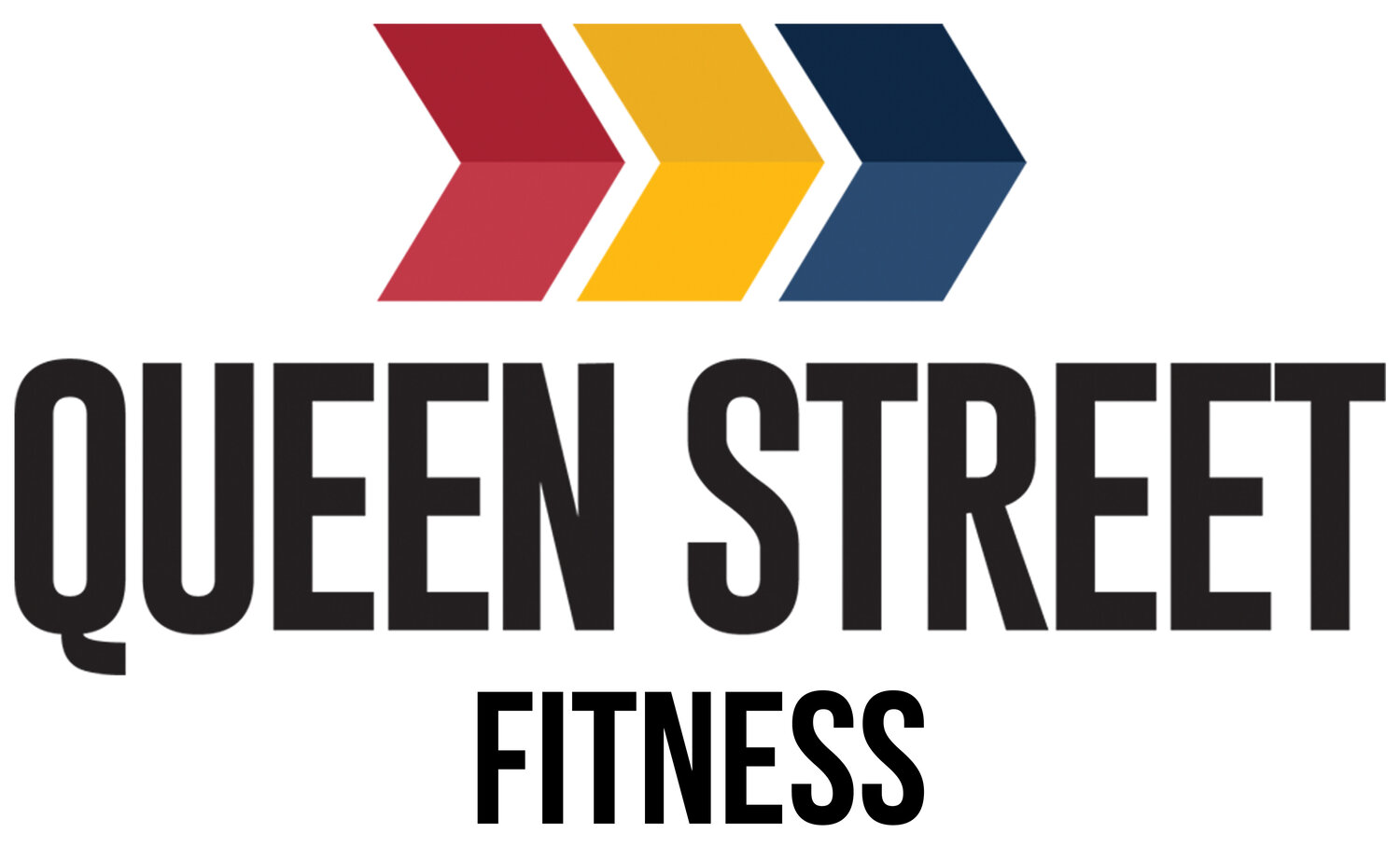No matter your fitness goals or how often you train, we recommend that all our athletes who are looking to improve experiment with tracking their workouts.
WHy Track?
1. Accuracy
CrossFit workouts are designed to be measurable. We count reps, time WODS, and set standardized weights so that we can compare numbers to record progress. CrossFit defines fitness as work capacity across broad time and modal domains. Basically, what this means is if you are able to move weight (your body, a barbell, etc.) further, faster, or more, you are getting fitter (or getting better at expressing your fitness).
You may think you have a good memory, but it is actually quite hard to remember all of your numbers/times, especially if you are new to working out. Keeping a record of your training can help you remember, and can give you useful data to apply to your workouts in the future.
2. Accountability
Putting a pen to paper (or fingers to keyboard) before, during, and/or after your training sessions can help you with habit formation and consistency. Further, if you have goals or areas you would like to see improvement, it can help you take your training seriously.
Accountability is one of the main reasons we record athletes scores on the whiteboard after each class.
3. Self-Knowledge
Just like it is easy to forget your numbers, it is also easy to forget how far you have come. Tracking your workouts helps you see and appreciate your own progress. Since improvements are often very gradual, it can be easy to take your current fitness for granted.
Similarly, tracking may help you notice things that you might not in just training day-to-day. If you include additional notes in your journal, it may draw your attention to other trends in your performance and recovery. For example, if you include in your training journal how well you slept, if you are feeling stressed or sore, how you have been eating, or specific notes on movements, it will provide you more useful data on areas in which you can improve.
4. Goals
Tracking is both valuable in helping you achieve your current goals and in setting realistic goals for the future. Like planning or scheduling, having an accurate record of what you did in the gym is useful in measuring your progress, and in setting realistic timelines for new goals.
HOW TO TRACK
1. Journal
Example 1: Rachael's journal. Rachael uses colour coding, writes out her goals, records her daily workouts, and includes an index of where to find certain weeks so she can go back to check things easily.
Rachael's Goals Page.
Rachael's Index.
Example page of some days of training with colour-coding.
2. Software
If writing things out isn't for you, use your phone/computer to track your workouts. There are some applications designed for workout tracking such as Zen Planner and Beyond the Whiteboard. Or, you can use a simple notes or documents app.




